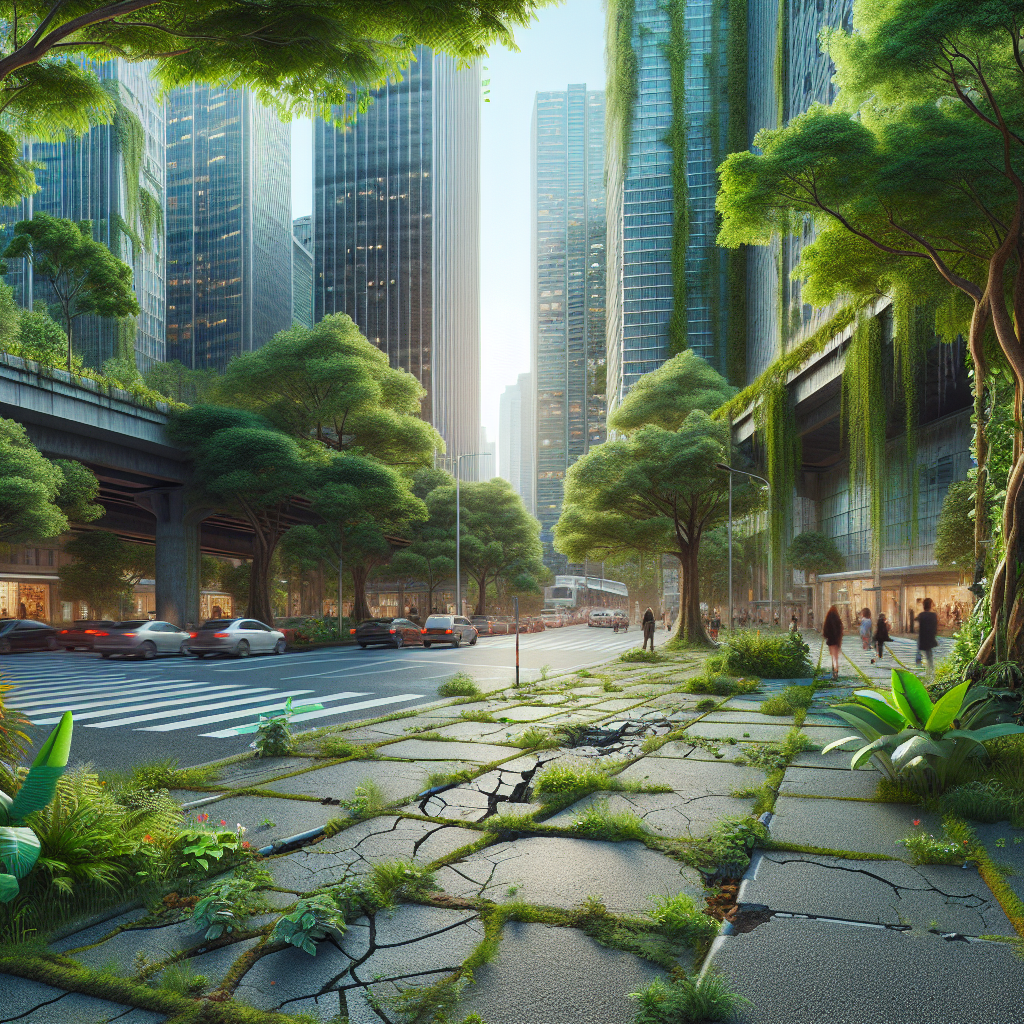
Urban Forests: The Stroads of Urban Environmental Policy
The term “urban forest” is frequently used to describe collections of trees located on vacant lots. However, these areas often fail to achieve both the full potential of a natural environment and the principles of good urban design. As North American cities, particularly Canadian ones, face the urgent necessity to construct more housing—given Canada’s estimated need of an additional 3.5 million housing units by 2030—balancing development with environmental considerations becomes critical.
The Importance of Urban Forests
Urban forests provide significant value to community life. They contribute to ecological sustainability by enhancing air quality, supporting biodiversity, and offering aesthetic and recreational benefits that elevate the quality of urban living. However, with increasing urban expansion, these forests face threats unlike ever before.
The Housing Boom Dilemma
In trying to solve housing shortages, the question arises: how do we build more without destroying our invaluable urban forests? This dilemma is keenly analyzed in a recent episode of the podcast Upzoned, hosted by Abby Newsham and Chuck Marohn. They discuss the tightrope walk cities must perform as they try to balance housing needs with the preservation of urban trees.
Challenges Highlighted:
- Maintaining ecological value while providing adequate housing.
- Ensuring urban forests do not become non-integrative ‘stroads’—a portmanteau of streets and roads—failing at being accessible urban spaces.
Strategies for Balancing Growth and Preservation
The integration of urban forestry principles into city planning can serve as a compromise between these competing needs. Innovative urban design solutions include the strategic planning of housing developments that incorporate mature trees within the urban landscape. This approach not only aids in meeting housing demand but also sustains ecological functions.
Key Strategies:
- Protected Urban Design: Prioritizing the use of land in a way that simultaneously supports residential needs and protects existing tree cover.
- Community Engagement: Involving local communities in conservation efforts to foster a sense of shared responsibility for urban forests.
- Policy Development: Establishing guidelines that necessitate environmental assessments prior to urban expansion.
Insights from Experts
Abby Newsham, a co-host of Upzoned, brings her expertise in urban design to the forefront of the conversation. Her work at Multistudio in Kansas City emphasizes bottom-up strategies that enhance urban development and promote public engagement. Her dedication extends to her community work and her active role in the Incremental Development Alliance.
Conversely, Charles Marohn, founder and president of Strong Towns, offers a perspective backed by years of experience in land use planning. As a bestselling author and recognized urbanist, Marohn advocates for stronger, more resilient towns. His message, presented through various platforms including books and lectures, stresses the necessity of sustainable urban growth.
Featured Experts:
- Abby Newsham: Urban design consultant, advocate for integrating ecological principles into urban planning.
- Charles Marohn: Author and urban strategist, emphasizes the creation of prosperous, sustainable communities.
Collaborative Solutions for a Greener Future
Building a consensus on the necessity of integrating green urbanism with housing growth is crucial. Collaborative efforts between urban planners, policymakers, and the public can ensure that cities evolve in ways that are both equitable and sustainable. The podcast episode also highlights features from Hanna Hett’s article, “Can urban forests survive the housing boom?”, exploring multifaceted solutions to these pressing issues.
As efforts to reconcile these diverse civic needs continue, more comprehensive policy frameworks are required to safeguard both housing and natural resources. The challenge remains creating developments that not only meet the housing crisis demands but also uphold the stewardship of urban forests.
Conclusion
The topic of urban forests as analogous to “stroads” in urban environmental policy encapsulates the ongoing challenge of balancing infrastructural development with ecological preservation. As we navigate the complexities of urban growth, prioritizing ecological integration within urban planning can help to protect our environment and community wellbeing for future generations.
The conversation from Upzoned propels this critical discourse, emphasizing that protecting our urban forests need not be at odds with addressing the housing crisis—it’s a matter of innovative, inclusive, and forward-thinking urban design and policy-making.
Source: https://www.strongtowns.org/journal/2024/11/27/urban-forests-are-the-stroads-of-urban-environmental-policy

